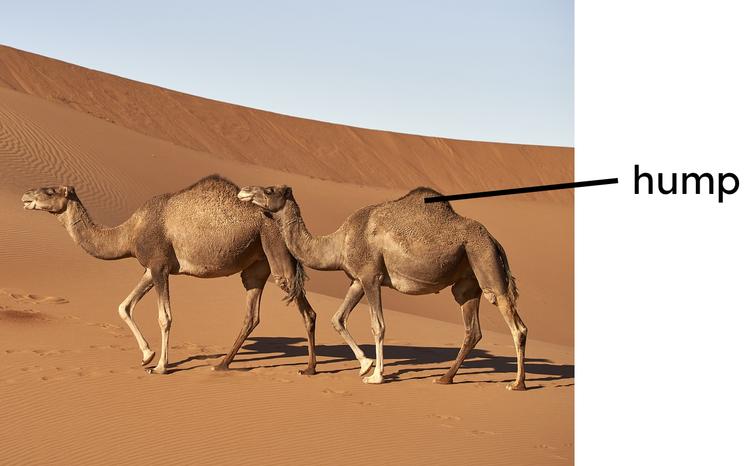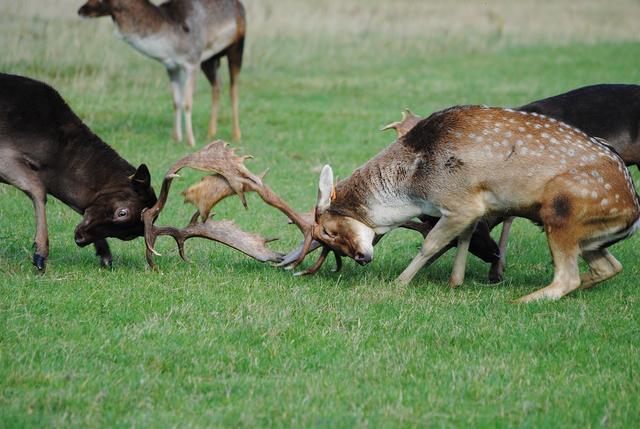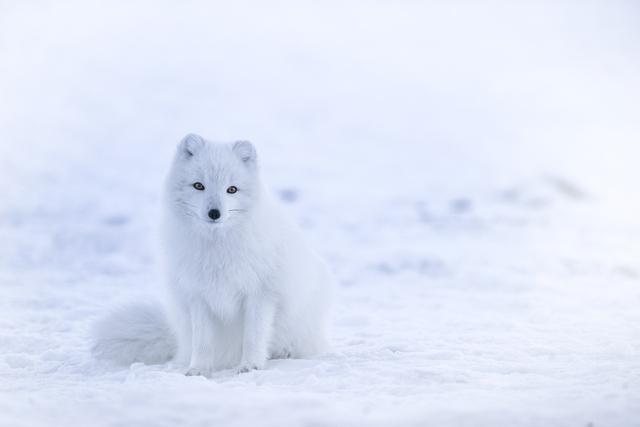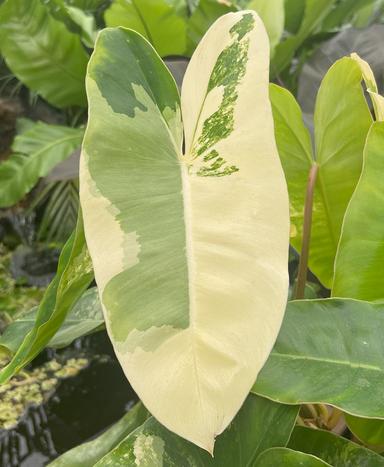Myths about teaching can hold you back
- Year 9
Natural selection
I can explain how variation and competition lead to the natural selection of individuals with the most helpful characteristics.
- Year 9
Natural selection
I can explain how variation and competition lead to the natural selection of individuals with the most helpful characteristics.
These resources were made for remote use during the pandemic, not classroom teaching.
Switch to our new teaching resources now - designed by teachers and leading subject experts, and tested in classrooms.
Lesson details
Key learning points
- Variation within a population of a species means some individuals are better adapted to compete and survive.
- The fittest (better adapted) individuals are more likely to survive to reproduce.
- These individuals are more likely to pass on heritable, advantageous features to their offspring.
- This is natural selection, and causes the advantageous features to become more common in each generation of offspring.
- Changes in environmental conditions, including changes caused by humans, can affect natural selection.
Keywords
Variation - Variation is the term for differences between individuals of the same species.
Competition - Living organisms struggle for access to limited resources. This struggle is known as competition.
Fittest - Organisms that are the best adapted to their environment are said to be the fittest.
Reproduction - Reproduction is the process of making offspring.
Natural selection - Organisms that are better adapted to their environment are more likely to survive, reproduce and pass on their genes to their offspring.
Common misconception
Students often think that advantageous traits are due to an organism choosing to change itself in order to be successful.
This lesson uses CfUs in order to explore and deconstruct this misconception.
To help you plan your year 9 science lesson on: Natural selection, download all teaching resources for free and adapt to suit your pupils' needs...
To help you plan your year 9 science lesson on: Natural selection, download all teaching resources for free and adapt to suit your pupils' needs.
The starter quiz will activate and check your pupils' prior knowledge, with versions available both with and without answers in PDF format.
We use learning cycles to break down learning into key concepts or ideas linked to the learning outcome. Each learning cycle features explanations with checks for understanding and practice tasks with feedback. All of this is found in our slide decks, ready for you to download and edit. The practice tasks are also available as printable worksheets and some lessons have additional materials with extra material you might need for teaching the lesson.
The assessment exit quiz will test your pupils' understanding of the key learning points.
Our video is a tool for planning, showing how other teachers might teach the lesson, offering helpful tips, modelled explanations and inspiration for your own delivery in the classroom. Plus, you can set it as homework or revision for pupils and keep their learning on track by sharing an online pupil version of this lesson.
Explore more key stage 3 science lessons from the Adaptations, competition, natural selection and evolution unit, dive into the full secondary science curriculum, or learn more about lesson planning.

Equipment
Licence
Prior knowledge starter quiz
6 Questions
Q1.Camels store fat in their hump. Why is this a helpful adaptation for living in a hot environment?

Q2.Leaves are adapted to contain chlorophyll and be broad but thin in shape. Match each adaptation with its function.
maximises the absorption of light
a chemical that absorbs light
allows quick gas exchange
Q3.A single female house fly can lay up to 500 eggs. The eggs hatch into maggots which feed on food waste. Why don’t all the maggots survive to become adult flies?
Q4.These two male deer (stags) are competing. Which resources could they be competing for?

Q5.Arctic foxes live in the Arctic and are adapted to survive in low temperatures. Which of the following are adaptations of the Arctic fox?

Q6.Some plants have variegated leaves, which contain less chlorophyll than normal leaves. Order the sentences to explain why these leaves could be a disadvantage.

Assessment exit quiz
6 Questions
Q1.Individuals in a population of plants or animals are not all the same. For example, humans have different eye colours. What term do scientists use to describe these differences?
Q2.Match the words with the correct definitions.
living organisms struggle for access to limited resources
organisms that are the best adapted to their environment
the process of making offspring
Q3.During the industrial revolution, dark variants of peppered moths became more and more common. Which is the best explanation for this?
Q4.Natural selection over many generations causes helpful adaptations to become more in the population.
Q5.For natural selection to happen, characteristics must be ...
Q6.Humans catch fish called cod using nets. The nets only catch the bigger cod. Smaller cod fit through the holes. Order the steps to explain why small cod are becoming more common in each generation.



